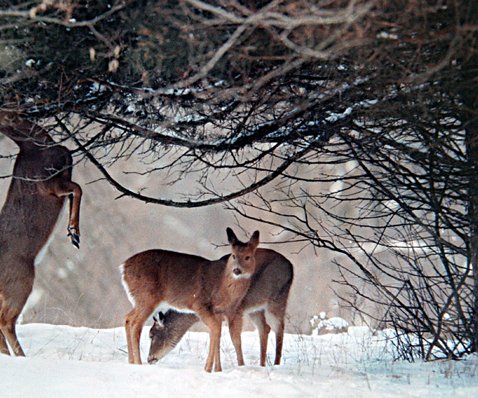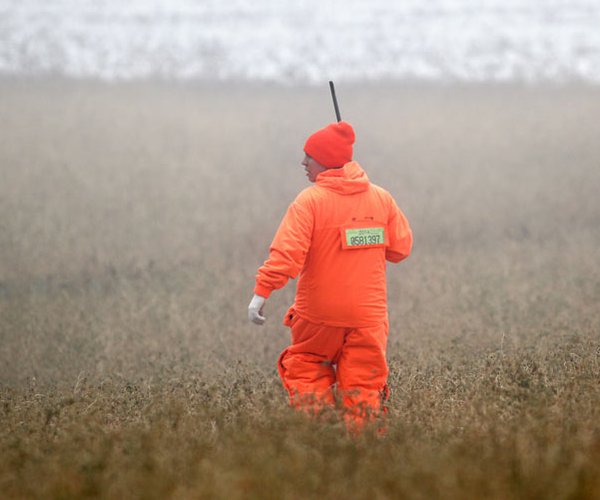It is uncommon we compare owls to our children, but owls do what children are often warned against; swallowing their food whole.
Owls, however, have a convenient way of getting rid of undigested fur, feathers and bones; they regurgitate a pellet, one per prey victim eaten. These hard, felted or feathered pellets last a long while in nature and are vomit-proof and owl has been in the area.
Vocalizations are another means of identifying owls. Turkey hunters know about barred owl calls. Great-horned owls, however usually make a six-note whoo, whoo, whoo, whoo, whoo, whoo sound.
Now is a great time to hear these sounds overlap as great-horns are mating and getting ready to lay eggs in early January.
How can the eggs not freeze? Or the owlets survive? Or cached food to feed to owlets become rock-solid? Incubation is the answer for all three, including shadow thawing cached food.
There’s another way to find a greathorn. Crows and blue jays often roust owls from their daytime roosts and mob them, in spite of this great owl being one of the largest and most powerful owls in North America.
Now is the time to shadow these mainly nocturnal animals. Opossums, flying squirrels, deer and coyotes provide other opportunities for night excursions.
There is great optimism by many outdoors-minded folks with governor-elect Tony Evers’ choice of Preston Cole to be the next Department of Natural Resources leader. Cole, 57, is currently on the Natural Resources Board. He has wide experience in all things outdoors including science, fishing, pheasant and duck hunting, hunter education, deer registration, forestry, parks, and land.
The state’s early trout season opens at 5 a.m. Jan. 5. An almost daily angler, Bret Schultz of Black Earth said he’d be shocked if there weren’t some fish lost, especially in Black Earth Creek, due to last summer’s flooding. However, Schultz and area DNR fisheries biologists remind us that trout have evolved in these situations and typically hunker down and return to the same locations within days.
The timing of the flood was better, too, for small fish survival. In addition, spawning areas were exposed from silt, which will favor future reproduction.
Thinking positively, Schultz says the winter and spring fishing should be interesting. “I get to go out,” he said. “That’s a plus. I’m curious about getting into some of the areas since the flooding.”
Continue to watch the end of deer season postings on the DNR Web site. Currently the list shows 211,430 deer registered during the nine-day gun season; 38,235 by archers; 44,442 by crossbowers; 7,856 by youth; 6,899 by muzzleloader hunters; and 9,441 during the antlerless hunt.
Buck shed antlers are beginning to appear in bedding and feeding areas.
Another group of “deer hunters” are lamenting the lack of snow and cold to lure adult deer under drop nets so they can be tested and collared with a GPS-tracking system. This five-year (and then some)
study is in its third season in Grant, Dane and Iowa counties. About 235 landowners are cooperating with the capture crews, permitting and assisting in netting.
Coyotes and bobcats area also being captured, collared and released.
Ice fishing, trout fishing, shed hunting, night hiking, skiing, snowmobiling, working firewood and many more activities continue to take the place of hunting seasons falling from favor.
— Jerry Davis is an Argyle native and a freelance writer who lives in Barneveld. He can be reached at sivadjam@mhtc.net or at 608-924-1112.





